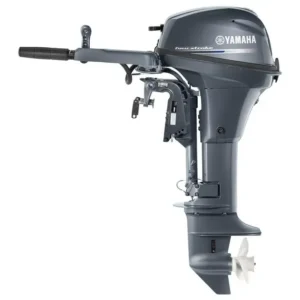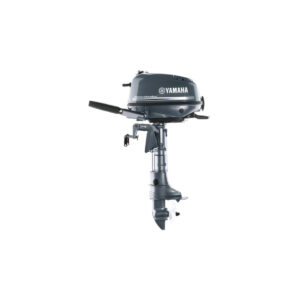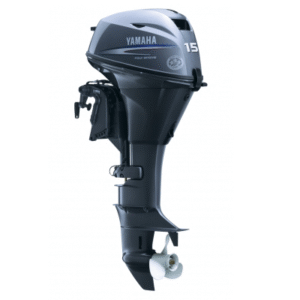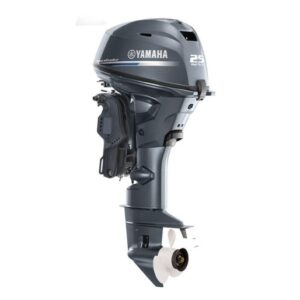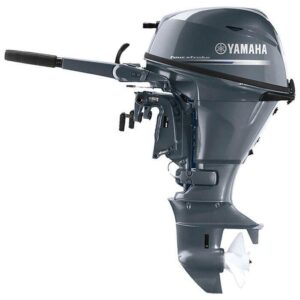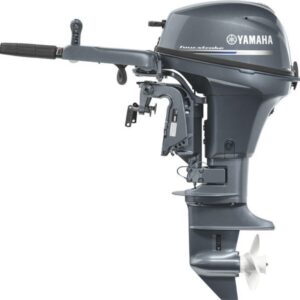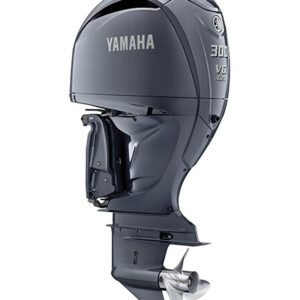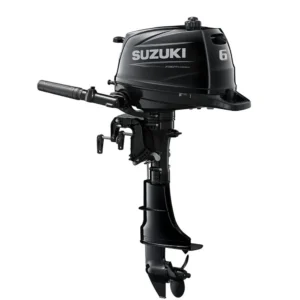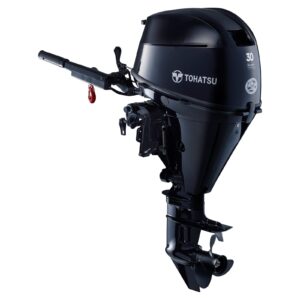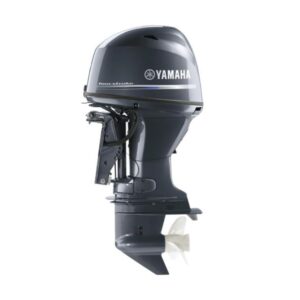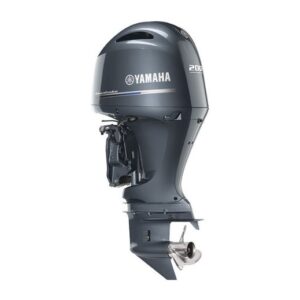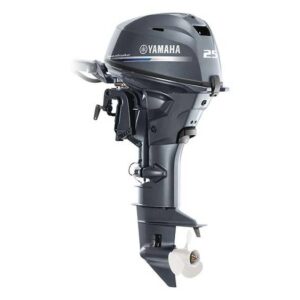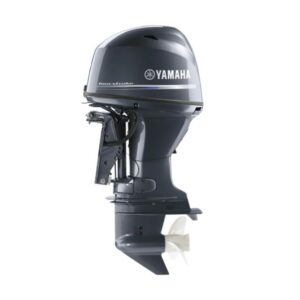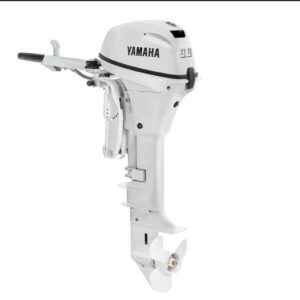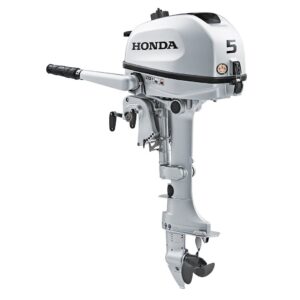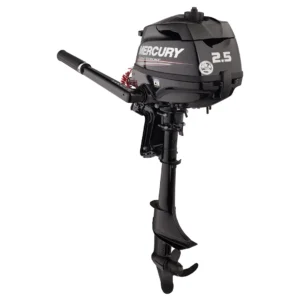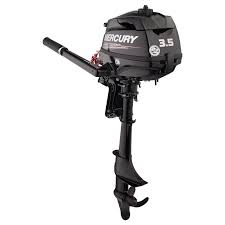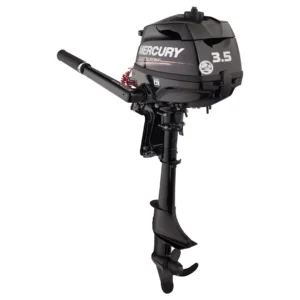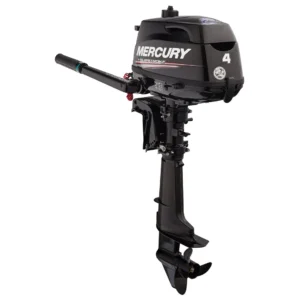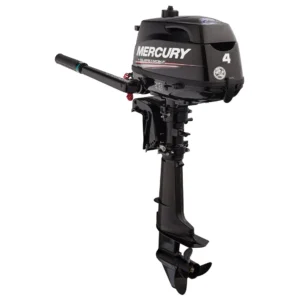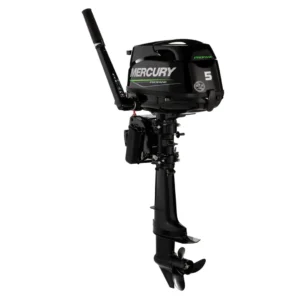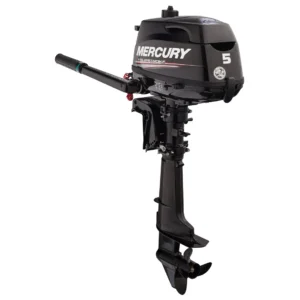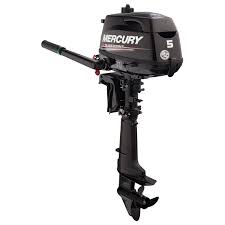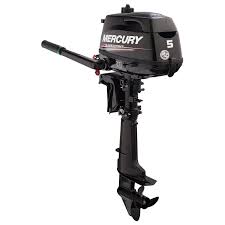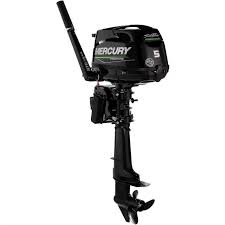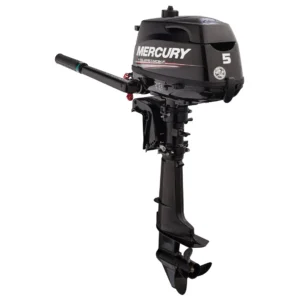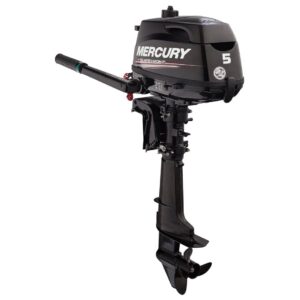Outboard Motors: The Ultimate Guide for Boating Enthusiasts
Whether you’re a seasoned boater or a first-time buyer, choosing the right outboard motor is crucial for a smooth and enjoyable experience on the water. Outboard motors are an essential component of small to medium-sized boats, offering propulsion, steering control, and power. In this comprehensive guide, we will cover everything you need to know about outboard motors, including types, maintenance, best brands, and buying tips.
What Is an Outboard Motor?
An outboard motor is a self-contained unit that includes an engine, gearbox, and propeller or jet drive. It is mounted on the transom (rear) of the boat and is used to propel and steer the vessel.
These motors are typically used on boats such as fishing boats, pontoon boats, inflatable boats, and small sailboats. One of the key benefits of outboard motors is their portability and ease of maintenance compared to inboard motors.
Types of Outboard Motors
There are several types of outboard motors, each catering to different boating needs. Below are the main categories:
1. Two-Stroke Outboard Motors
-
Known for being lightweight and offering quick acceleration.
-
Simpler design makes them easier to maintain.
-
Generally more affordable.
-
However, they tend to be less fuel-efficient and more polluting.
2. Four-Stroke Outboard Motors
-
More fuel-efficient and environmentally friendly.
-
Quieter operation and longer lifespan.
-
Require more maintenance and are typically heavier than two-stroke engines.
3. Electric Outboard Motors
-
Powered by batteries, offering a quiet and eco-friendly alternative.
-
Ideal for small lakes, slow-speed cruising, and trolling.
-
Limited in range and power output, making them less suitable for larger boats.
4. Jet Outboard Motors
-
Use jets of water instead of a propeller.
-
Excellent for shallow waters where propellers might get damaged.
-
Often used in rescue boats, personal watercraft, or river navigation.
Key Components of an Outboard Motor
Understanding the major components of an outboard motor helps in troubleshooting and routine maintenance.
-
Engine: Powers the system and determines horsepower.
-
Lower Unit (Gearcase): Transfers power from the engine to the propeller.
-
Propeller: Converts engine power into thrust.
-
Mounting Bracket: Connects the motor to the boat’s transom.
-
Tiller or Remote Steering: Controls direction and throttle.
How to Choose the Right Outboard Motor
Choosing the best outboard motor depends on several factors including boat size, weight, intended use, and budget. Here’s what to consider:
1. Horsepower (HP)
-
Match the HP to your boat’s recommended rating (check the capacity plate).
-
Underpowering may reduce performance, while overpowering can be unsafe.
2. Shaft Length
-
The correct shaft length ensures optimal performance and prevents cavitation.
-
Common shaft lengths: Short (15″), Long (20″), Extra Long (25″).
3. Fuel Efficiency
-
Four-stroke engines and EFI (Electronic Fuel Injection) systems are more efficient.
-
For long trips, consider fuel economy as a priority.
4. Noise Levels
-
Four-stroke and electric motors are quieter than two-stroke engines.
-
Noise level can affect comfort, especially during fishing or wildlife viewing.
5. Brand Reliability
-
Go for established brands with a reputation for durability and parts availability.
Top Outboard Motor Brands
Here are some of the most trusted outboard motor manufacturers globally:
1. Yamaha
-
Renowned for reliability and performance.
-
Offers both two-stroke and four-stroke options.
-
Extensive global service network.
2. Mercury Marine
-
Known for innovation and powerful performance.
-
Offers everything from portable to high-output engines.
-
Advanced features like Digital Throttle & Shift (DTS).
3. Honda Marine
-
Specializes in four-stroke engines.
-
Emphasizes fuel efficiency and low emissions.
-
Smooth and quiet operation.
4. Suzuki Marine
-
Offers excellent value for money.
-
Features lean burn control for better fuel economy.
-
Strong in both portable and high-horsepower segments.
5. Tohatsu
-
A reliable and cost-effective choice.
-
Lightweight, compact motors suitable for smaller boats.
Maintenance Tips for Outboard Motors
Regular maintenance ensures your outboard motor runs smoothly and extends its lifespan. Follow these essential maintenance tasks:
1. Flush After Every Use
-
Especially after saltwater use to prevent corrosion.
-
Use freshwater and a flushing attachment.
2. Check and Change Engine Oil
-
For four-stroke engines, change oil every 100 hours or once a season.
-
Also check oil filters and replace if needed.
3. Inspect Propeller
-
Remove the propeller to check for fishing line or damage.
-
Grease the propeller shaft to prevent rust.
4. Replace Spark Plugs
-
Dirty or worn plugs reduce engine efficiency.
-
Replace annually or as needed.
5. Fuel System Care
-
Use fuel stabilizers during storage.
-
Check fuel lines and connections for leaks.
6. Battery Maintenance
-
Keep terminals clean and fully charged.
-
Replace batteries every 3–5 years.
Outboard Motor Safety Tips
Safety is paramount when operating an outboard motor. Here are key precautions:
-
Wear a life jacket at all times.
-
Use the kill switch lanyard to stop the engine in emergencies.
-
Check weather and water conditions before heading out.
-
Perform pre-trip inspections (fuel level, oil, cooling system, etc.).
-
Avoid alcohol while operating any boat.
Benefits of Using Outboard Motors
There are several reasons why outboard motors remain popular among boat owners:
1. Easy Maintenance
-
Outboard motors can be tilted or removed, making cleaning and repair easy.
2. Space Efficiency
-
More interior room in the boat since the engine is external.
3. Fuel Efficiency
-
Modern engines offer improved mileage with fewer emissions.
4. Performance Flexibility
-
Available in various horsepower ranges to suit different boating needs.
5. Portability
-
Smaller models can be carried and used on multiple boats.
Cost of Outboard Motors
The price of an outboard motor depends on the brand, horsepower, and features:
| Horsepower Range | Average Cost (USD) |
|---|---|
| 2.5 – 6 HP | $900 – $1,500 |
| 8 – 20 HP | $1,500 – $4,000 |
| 25 – 50 HP | $4,000 – $8,000 |
| 60 – 150 HP | $8,000 – $15,000 |
| 200+ HP | $15,000 – $30,000+ |
Electric outboard motors generally range from $500 to $5,000 depending on battery capacity and brand.
Where to Buy Outboard Motors
You can purchase outboard motors from:
-
Authorized marine dealers
-
Online marketplaces (Amazon, eBay, BoatTrader)
-
Manufacturer websites (Yamaha, Mercury, Honda)
-
Local classifieds and boat expos
Always ensure that you’re buying from a reputable source to get proper warranties and after-sales support.
Frequently Asked Questions (FAQs)
1. What size outboard motor do I need for my boat?
Check your boat’s capacity plate for maximum horsepower. Match the motor within that limit for optimal safety and performance.
2. How long do outboard motors last?
With proper maintenance, an outboard motor can last 1,500 to 3,000 hours or 10–15 years.
3. Can I use an outboard motor in saltwater?
Yes, but ensure it’s rated for saltwater use and always flush the motor afterward to prevent corrosion.
4. Are electric outboards powerful enough for fishing boats?
Electric outboards are great for trolling and short trips, but gas-powered options are better for speed and long-range travel.
outboard motors
Showing 1–30 of 363 results

